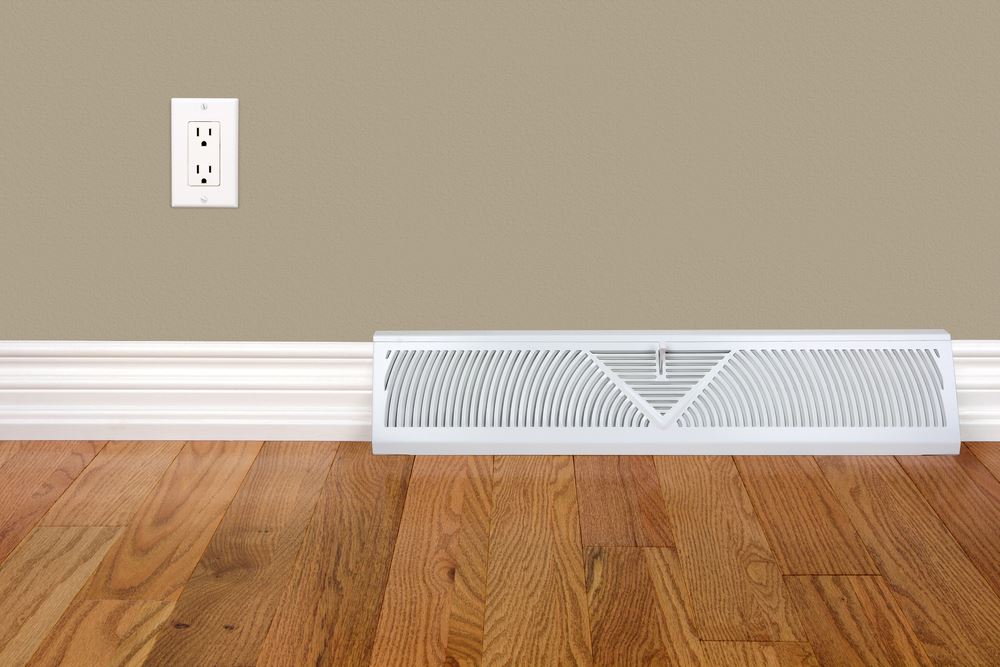Electric Baseboard Heater Not Working?
Due to its associated utility costs, electric baseboard heating is far from the most common form of whole-house heating. Then again, some people simply prefer not to heat their homes with gas or oil, especially those who rely partly on a wood-burning stove so the electric heating system doesn’t have to perform solo.
Regardless of what your reasons might be for owning or wanting an electric baseboard heating system – whether for whole or a partial-home application, here are four common problems you should be aware of:
Common Problems with Electric Baseboard Heaters
1. Hot & Cold Spots
There’s a very good chance, in this instance, that there’s nothing wrong with your heating system; rather, that clothes or draperies, etc., are blocking the flow of heat. If you feel colder than normal, also take a look at the unit’s movable damper (or louver) to see if it’s partially or completely closed over the heating element; if so, lift it back up again so the normal flow of heat can resume.
2. Electrical Problems
If the entire system stops working, the problem could be as simple as a blown fuse or tripped more circuit breaker or something more systemic like faulty internal wiring.
If replacing a fuse or resetting the circuit breaker isn’t the solution, contact the company that installed the system for you or, if you installed it yourself, contact the system manufacturer to see what remedies are available to you. And if the answer is “none”, you can always call the electric baseboard heating professionals at DiBiase Heating & Cooling.
3. Soot or Smoke Emissions
It’s important to keep the exterior of your baseboard heaters clean; otherwise, the enclosed heating element in each unit can burn any dirt or other debris that collects on the covers. Luckily, cleaning your baseboard heaters is quite simple.
How to clean electric baseboard heaters:
- Shut off your power and hot water, then remove the faceplate cover of your heater.
- Use a vacuum to clean the fins inside your unit.
- Fill any pipe gaps with heat-resistant spray foam or silicone sealant.
- Seal off any gaps in your baseboards with aluminum foil tape.
- Aim to clean your baseboard heaters about twice a year.
4. Inconsistent Temperatures
Many electric baseboard heating systems come with an internal thermostat that is designed to maintain a constant temperature. The problem is, internal thermostats aren’t always effective. So if maintaining constant, comfortable temperatures is high on your list of priorities, consider installing optional wall-mounted thermostats.
You’ll need one for each unit since, by definition, electric baseboard heating systems are not central heating systems; each baseboard unit functions independently of all the others in your house.
Has Your Baseboard Heater Stopped Working? We Can Help!
If you have questions before purchasing one or more electric baseboard heating units or a problem with your current heaters, contact DiBiase Heating & Cooling today. For your added peace of mind, our West Chester heating repair technicians service, repair, and install all types of home heating systems.

